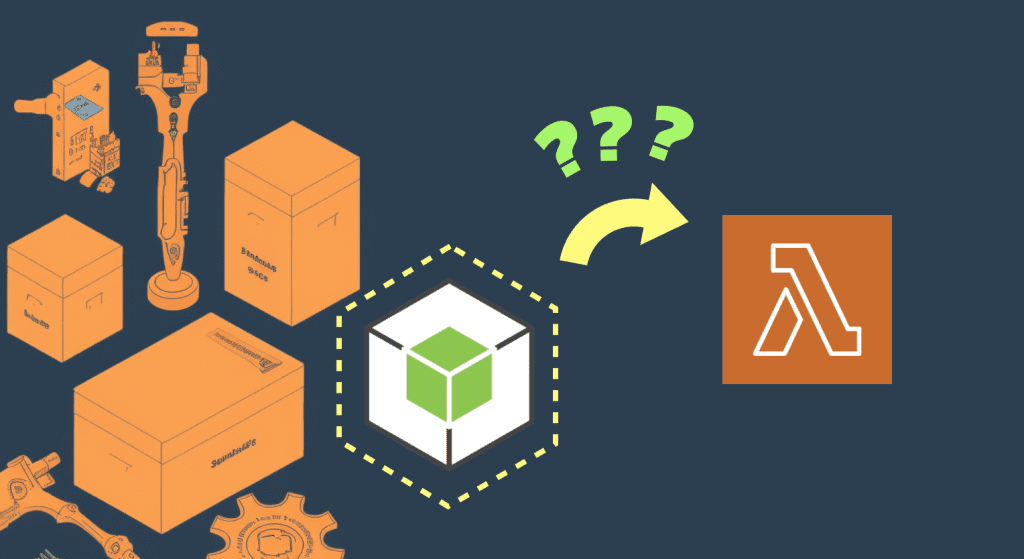Well-architect your way to better serverless applications
“What are the best practices that I should follow with serverless?” This is easily the most frequently asked question I receive. And I have spent the last couple of years producing contents that document these best practices as they emerge. But hard as I tried, these are scattered over many articles and video courses. While …
Well-architect your way to better serverless applications Read More »



